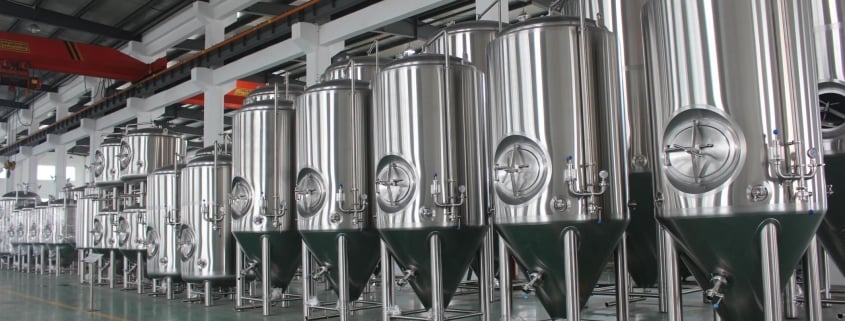Stainless Steel Fermentation Tanks: Types, Benefits, and Buying Tips
Which Industries Are Suitable for Stainless Steel Fermentation Tanks
Stainless steel fermentation tanks are like the unsung heroes of industrial fermentation. You’ll find them quietly working behind the scenes in some of the world’s most flavorful and scientific processes. But who exactly needs them?
First off, the brewing industry is the most obvious player here. Beer lovers know the craft is in the detail—and fermentation tanks play a big role in flavor development. Stainless steel tanks offer precise control over temperature and sanitation, both critical for producing top-tier lagers, ales, and everything in between.
Next up: wineries. Fermenting wine requires a stable, inert environment, and stainless steel delivers just that. Unlike oak barrels that add character, stainless steel allows the grape’s natural essence to shine without interference.
Dairy producers and food processing plants also rely on these tanks. From yogurt and kefir to sauerkraut and kimchi, stainless steel fermentation vessels keep harmful bacteria out while letting the good microbes work their magic.
Even the biotech and pharmaceutical sectors get in on the action. When fermenting cells or enzymes, sterility is everything, and that’s where stainless steel’s non-reactive, easy-to-clean surface becomes invaluable.
So, whether it’s about taste, texture, or tinkering with microbiology, stainless steel fermentation tanks are a must-have across multiple industries.
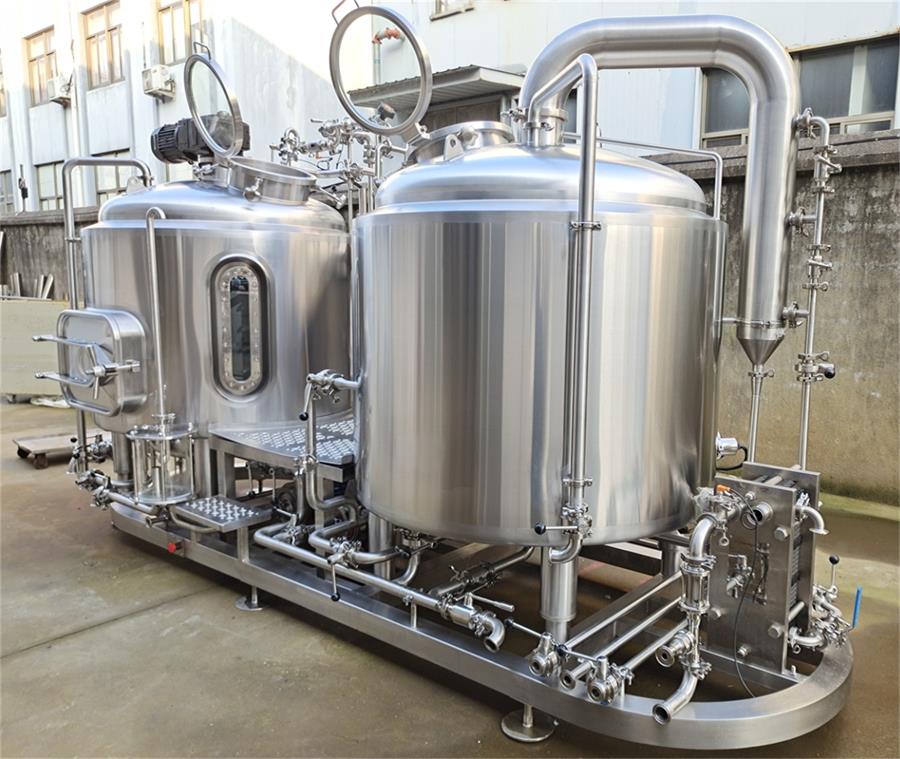
Types of Stainless Steel Fermentation Tanks
Just like cars come in all shapes and sizes, so do fermentation tanks. Picking the right one isn’t just a matter of capacity; it’s about what you’re fermenting and how. Let’s break it down.
There are cylindroconical tanks, the go-to choice for most modern breweries. These have a cone-shaped bottom, allowing easy yeast harvesting and sediment removal. Compared to flat-bottom tanks, they’re far better for clean operations and quicker turnover.
Open-top fermenters, common in traditional wine production, offer more oxygen exposure. That’s great for red wines that benefit from oxygen contact but not ideal for most beer styles.
Then you’ve got unitanks—these are the Swiss Army knives of fermenters. They handle both fermentation and carbonation in a single vessel. This saves space and time, especially in small craft breweries or compact winery setups.
Horizontal fermenters are another option, particularly popular for lagering. They offer increased surface area, aiding in smoother aging and improved flavor clarity.
Here’s a breakdown of types with their key specs:
| Type | Best For | Design Feature | Pros | Cons |
|---|---|---|---|---|
| Cylindroconical Tank | Beer brewing | Cone-shaped bottom | Yeast separation, easy cleaning | Higher cost |
| Open-Top Fermenter | Wine making | Open access from the top | Easy punch-downs, oxygen contact | Contamination risk |
| Unitank | Beer & cider fermentation | Pressure-rated, sealed system | Combines tasks, saves space | More complex to clean |
| Horizontal Fermenter | Lager brewing | Long, horizontal cylinder | Gentle aging, smoother flavor | Requires more floor space |

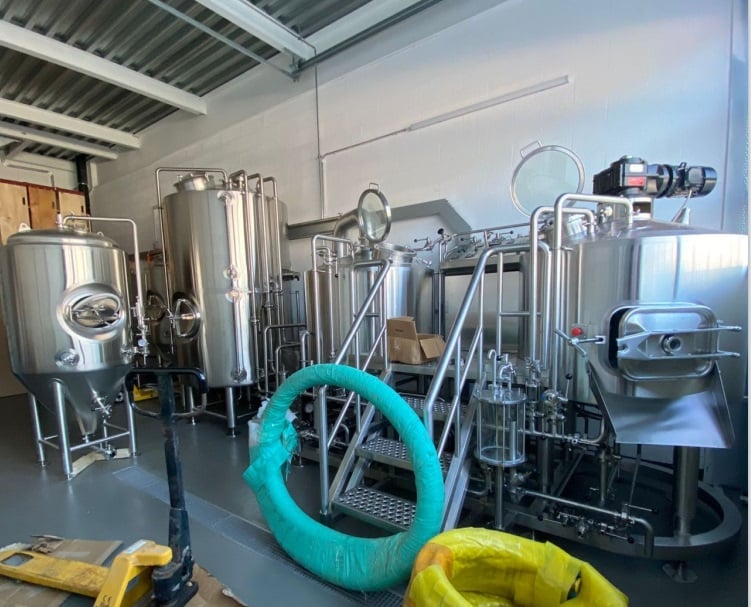
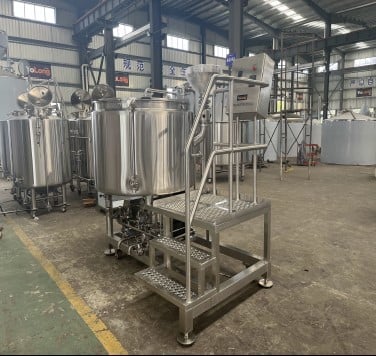
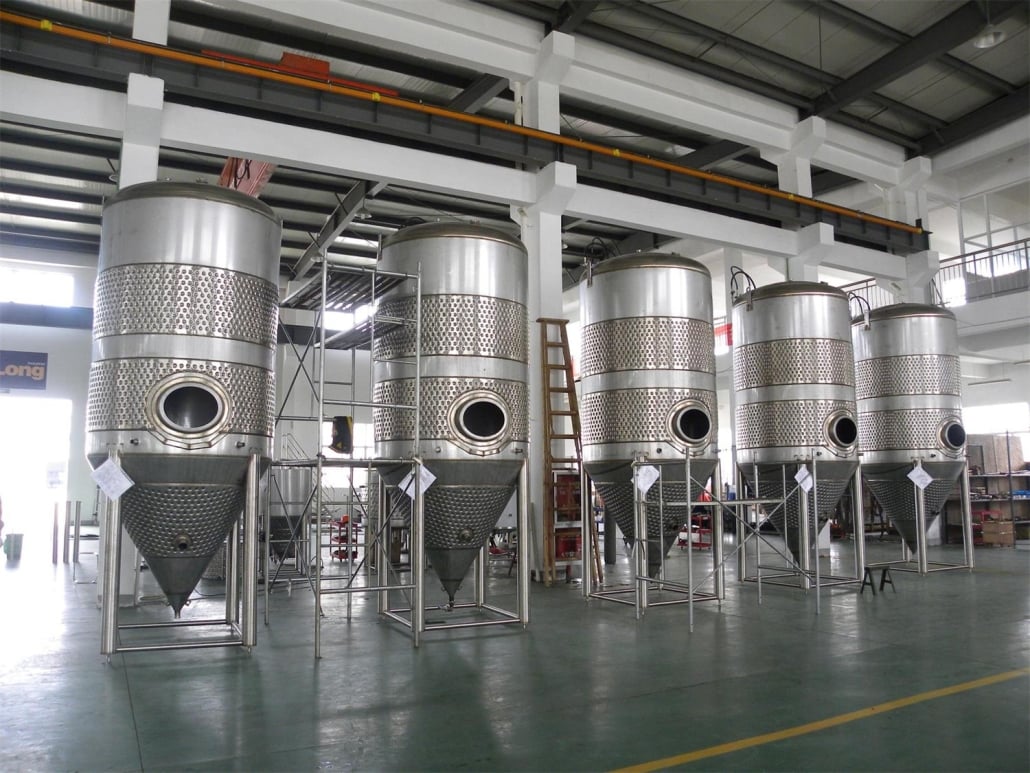
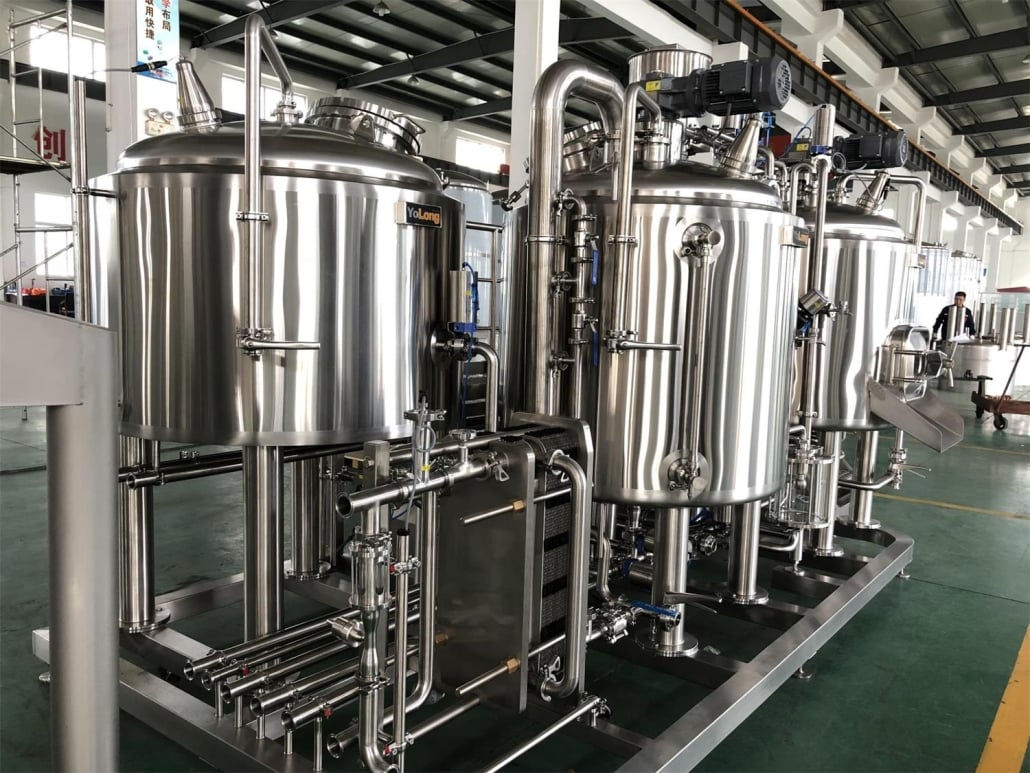
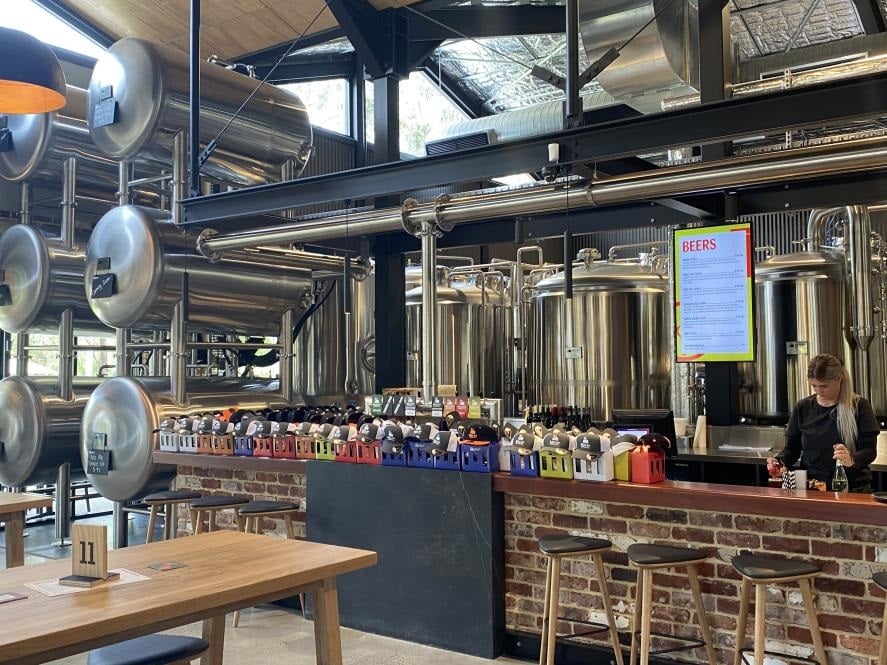
Benefits of Stainless Steel Fermenters
So, what makes stainless steel the MVP of fermentation tanks? Think of it as the Tesla of tank materials: sleek, durable, and impressively smart.
First off, sanitation is a breeze. Stainless steel’s smooth, non-porous surface makes it almost impossible for bacteria to hide. Compare that to wood or plastic, which can harbor microbes even after cleaning.
Then there’s durability. These tanks can take a beating—pressure, heat, even caustic cleaning agents—and come out looking new. Unlike glass or plastic, they won’t crack, warp, or degrade over time.
Temperature control is another win. Stainless steel tanks often come jacketed or with built-in glycol systems, letting you fine-tune fermentation temps like a pro. That level of control means more consistent batches and fewer surprises.
They’re also incredibly versatile. Whether you’re working with beer, wine, kombucha, or cultured dairy, stainless steel doesn’t react or interfere with the flavor profile.
And let’s not ignore the aesthetic value. There’s something professional—almost surgical—about a lineup of gleaming stainless tanks that gives customers confidence and operators peace of mind.
Applications in Brewing and Beyond
When most people think “fermentation tank,” their mind jumps to beer—and rightly so. The craft brewing revolution has put these tanks front and center. Whether you’re a garage enthusiast or running a multi-barrel operation, stainless steel fermenters are essential.
In brewing, the tank’s ability to hold pressure is crucial for carbonation. For example, a 7-barrel unitank allows in-situ carbonation, reducing the need for separate brite tanks. That’s space and cost saved.
But their usefulness doesn’t stop there. In wineries, stainless steel tanks allow winemakers to control exposure to oxygen, which is crucial for creating clean, crisp whites and refined rosés.
The dairy industry uses these tanks for fermenting yogurt, kefir, and soft cheeses. Since contamination can ruin an entire batch, the sanitary properties of stainless steel are vital.
Kombucha brewers and producers of fermented sauces (like soy or miso) also benefit from these tanks. With long fermentation cycles and temperature-sensitive microbes, the ability to maintain stable conditions is key.
How to Choose the Right Fermentation Tank
Shopping for a fermentation tank can feel like trying to buy a car without knowing the difference between a sedan and a pickup. So, what should you look out for?
Start with capacity. How many liters—or barrels—are you fermenting at once? Go a little bigger than you think you need. Growth happens fast in fermentation-based businesses.
Next, think about design. Do you need a cone-bottom tank for easy trub removal? Is oxygen exposure okay for your process, or do you need a sealed system?
Material thickness also matters. Thicker steel means more durability, but also more cost. Aim for at least 2–3mm thick walls for anything commercial-grade.
Consider temperature control options. If you’re dealing with temperature-sensitive microbes, jacketed tanks with glycol chillers are worth the investment.
And don’t forget about space. Horizontal tanks may require more floor area, while vertical ones save on footprint but can be harder to clean if too tall.
Here’s a handy comparison chart to help guide your decision:
| Feature | Why It Matters | Best Option |
|---|---|---|
| Capacity | Matches your production volume | 500L–3000L for small to medium operations |
| Cone vs. Flat Bottom | Affects sediment removal | Cone for beer, flat for wine |
| Jacketed or Non-Jacketed | Temperature control | Jacketed for precise fermentation |
| Horizontal vs. Vertical | Space and aging characteristics | Horizontal for lagers, vertical for ales |
| Pressure Rated | Needed for carbonation | Unitanks or brite tanks |
Maintenance and Cleaning Tips
Let’s face it—no one likes cleaning, but if you skip this part, your next batch might taste like a science experiment gone wrong.
First, always start with a rinse. Get rid of the big stuff before applying any chemicals. Use warm water and avoid high pressure that might spread contaminants around.
Next, use a caustic cleaner to break down protein and sugar residues. Let it circulate for about 20–30 minutes, especially if you’re using a CIP (Clean-in-Place) system.
Follow this with an acid rinse. This step helps neutralize the pH and removes any lingering mineral scale that can dull your shiny tank (and your product).
Finally, use a no-rinse sanitizer. Make sure it’s compatible with stainless steel to avoid corrosion. And don’t rush this step—let it air dry completely.
Regularly inspect your gaskets, valves, and fittings. These small parts often hide the most biofilm. Replace them as needed.
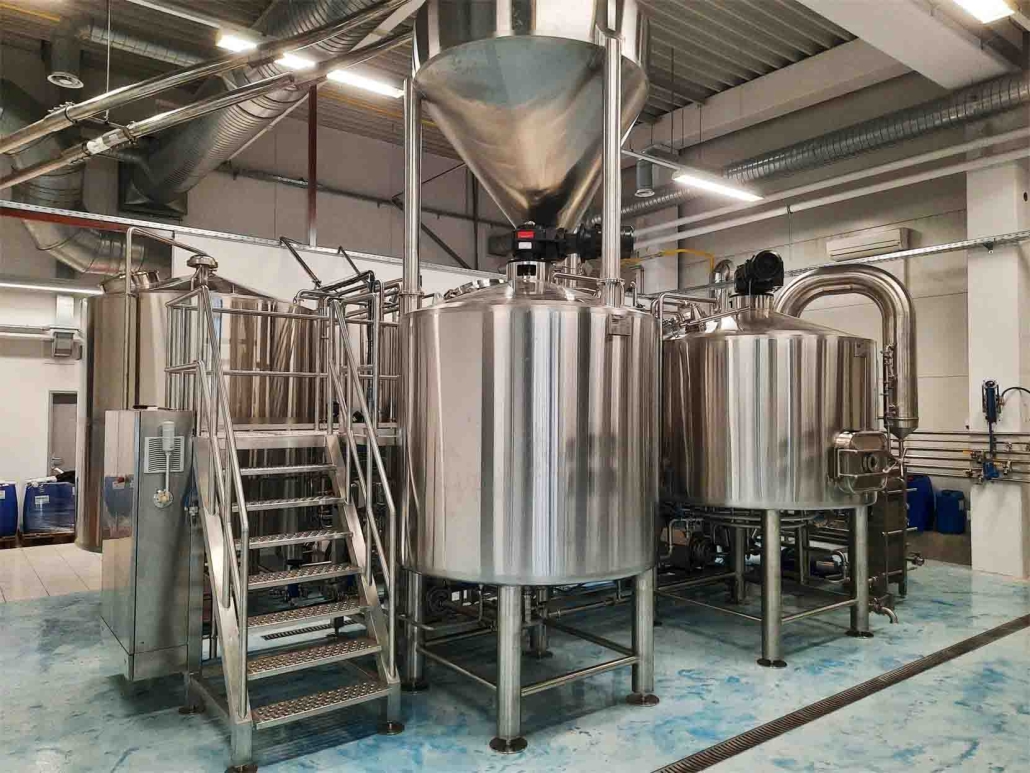
FAQ
| Question | Answer |
|---|---|
| How long do stainless steel fermentation tanks last? | With proper care, they can last 15–30 years or more. |
| Are stainless tanks better than plastic fermenters? | Absolutely. They’re more durable, easier to sanitize, and temperature-stable. |
| Can I ferment multiple products in the same tank? | Yes, but thorough cleaning between batches is essential to avoid cross-contamination. |
| How much do stainless steel fermentation tanks cost? | Prices range from $1,000 for small homebrewer sizes to over $20,000 for commercial units. |
| Do I need a jacketed tank? | If you require tight temperature control, yes. Otherwise, it’s optional. |

